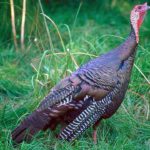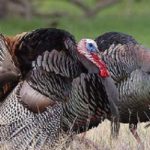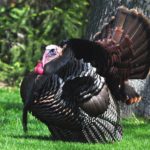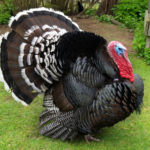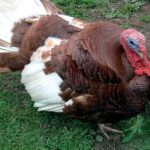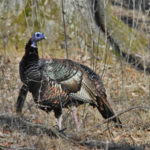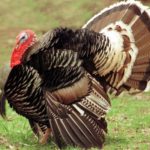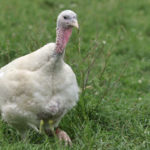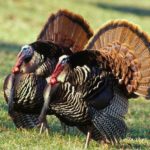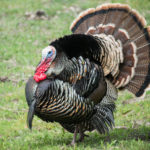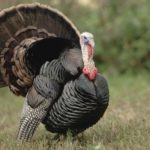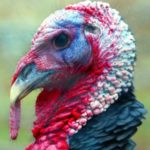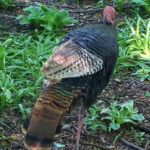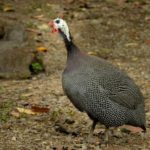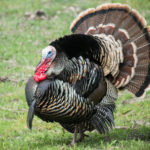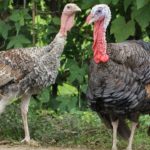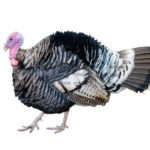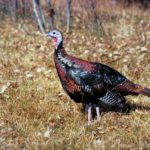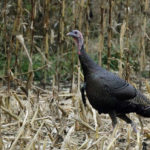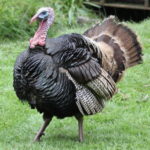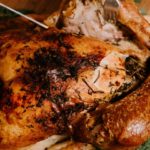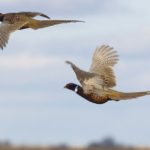Turkeys
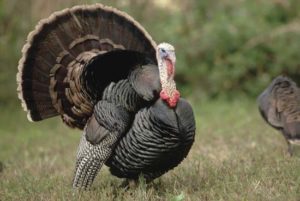 The turkey is a bird of the detachment of chicken pheasant families. There are two types. Home turkey breeds are bred on almost all continents. A few wild turkeys live in North and Central America. Turkey is the largest of domesticated birds. The weight of the turkey is 10-20 kg, the turkey 5 – 11 kg. They carry up to 100 – 120 eggs a year.
The turkey is a bird of the detachment of chicken pheasant families. There are two types. Home turkey breeds are bred on almost all continents. A few wild turkeys live in North and Central America. Turkey is the largest of domesticated birds. The weight of the turkey is 10-20 kg, the turkey 5 – 11 kg. They carry up to 100 – 120 eggs a year.
In Europe, turkeys were brought in the 17th century from America, where they were bred by the Maya tribe. So these birds got their name. Until now, the exact designation of large leather appendages on the head and neck of turkeys is not exactly known. They are abundantly permeated with blood vessels and swell when excited.
There is an assumption that this “decoration” – a kind of “trap” for ultraviolet rays. Sometimes about a arrogant, arrogant person they say: “He pouted like a turkey!” And in fact, the turkey walks important, abruptly “mutters” and looks down on everyone. Among domestic birds, turkeys are the largest. Females – turkeys are not as big as turkeys.
Turkeys are strong and beautiful birds. Their plumage is colorful – there are both dark and light colors. The turkeys have large long feathers on their wings and tail.
Turkey is flying badly. But in case of danger they can quickly run on the ground. In this they are helped by powerful clawed feet.
Turkeys love to travel. Even domestic birds often leave the bird’s yard to walk in the most unexpected places. Turkeys in the spring are pining – they compete among themselves and flaunt before the females with their strength and attire. They shouted abruptly, they spread feathers on the tail and wings – they are worried. Their leathery decorations increase, like fire burn.
Turkeys arrange nests somewhere in a secluded place. For example, in the bush. Often in one nest lay the eggs of several turkeys. They incubate this collective nest, more precisely, eggs, also in the company. And when the chicks appear, the turkeys lead them together. It turns out a real turkey “kindergarten”.
The turkeys leave the nest early and follow the mother everywhere. And at night, taking off on a branch, they warm themselves under her wing.
All turkeys are very timid. Even domestic birds do not always feel comfortable approaching a person. They can panic in panic, not understanding the road and not paying attention to any obstacles.
Maybe, for this reason, some poultry farmers doubt whether such a turkey is a domestic bird .
And yet a lot of breeds of this great unusual bird are brought out by man. Breeds differ in the color of plumage, in size, and in their fitness for life in a given locality.
